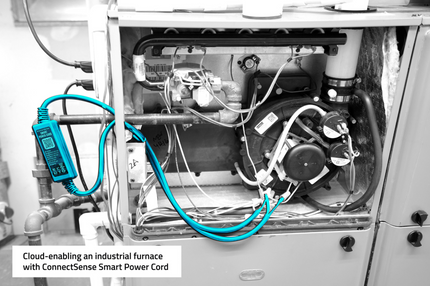
Enhancing IoT Security: Essential Measures for Protecting Your Devices
By following a few best practices when designing IoT products, it becomes possible to improve the overall security of your device and make a hack much less likely.
Our office will close at 12 PM CT on Wednesday, Nov 26 and reopen on Monday, Dec 1 for Thanksgiving.
Orders placed after 10 AM CT on Wednesday will be processed when we return.

By following a few best practices when designing IoT products, it becomes possible to improve the overall security of your device and make a hack much less likely.


Internet-enabled devices have weaved themselves into every part of the modern home. From smart light bulbs to doorbell security cameras, virtual assistants to elaborate work-from-home setups, seamless connection to the web is more important than ever before. However, as we all have experienced at some point, connection disruptions can cause problems. They can range from the merely annoying, like having to go without social media for a short time, to costly and dangerous, like home security systems going down, leading to a robbery.

In machinery of all types, electric current leaks prove a common, but inefficient and costly, occurrence. That energy doesn’t have to go to waste, though. With the right smart device, leakage current can provide information that results in optimal efficiency and minimal equipment failures

Grid Connect, Inc. and Real Time Automation® (RTA®) have partnered to bring original equipment makers a new embedded module that serves as a universal translator for enabling serial devices (RS-232, 422, 485, SPI, I2C) to communicate via protocols such as EtherNet/IP, Modbus TCP, PROFINET, BACnet/IP and others. OEMs also gain the capability to push data from plant-floor and field devices to analytical and business applications via OPC UA and MQTT.

Many factors can influence this decision, from the necessary bandwidth, to existing infrastructure, to security concerns. Letting the application determine the best protocol results in optimal for connectivity solutions, whether operating farming equipment, or shipping supplies, to conflict zones.

There are currently billions of interconnected devices communicating with each other over the internet. These devices are constantly gathering information about their environments, and analyzing the data to help make informed decisions or to automate actions. The Internet of Things (IoT) is made up of a wide-range of devices that can be used for various applications. The applications listed below are only a few of the many possibilities for these devices.

Home automation has been on the rise as the cost of integrating wireless communication in devices has dropped significantly.

The nature of political campaigning is changing rapidly as the intrusion of the Internet of Things (IoT) within popular culture continues to expand at a rapid rate. In the past, the infrastructure of political campaigns was heavily based on polling, surveys, door-to-door campaigning, and cold calls. These methods were deemed very effective among politicians at the time, but in the modern era, relying on these tactics as a means to learn more about voters is a waste of time and resources. IoT technology has changed the way voters interact with the government as more information about their habits and beliefs will be tracked and analyzed with the sensors built into this technology.

The Internet of Things (IoT) has been developed with a centralized communication model as an integral part of its infrastructure. The cloud acts as the centerpiece for IoT communication, allowing devices to communicate, store and process data, and connect through the internet.
Get our monthly newsletter for product and technology updates